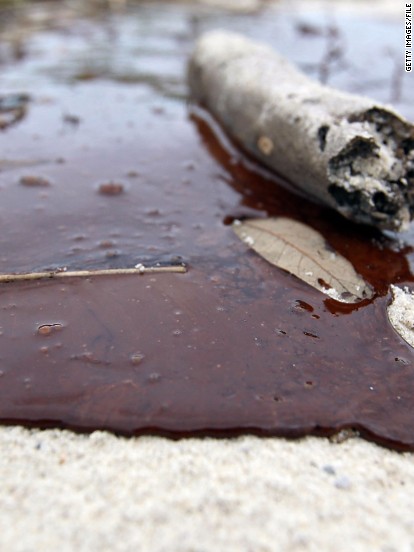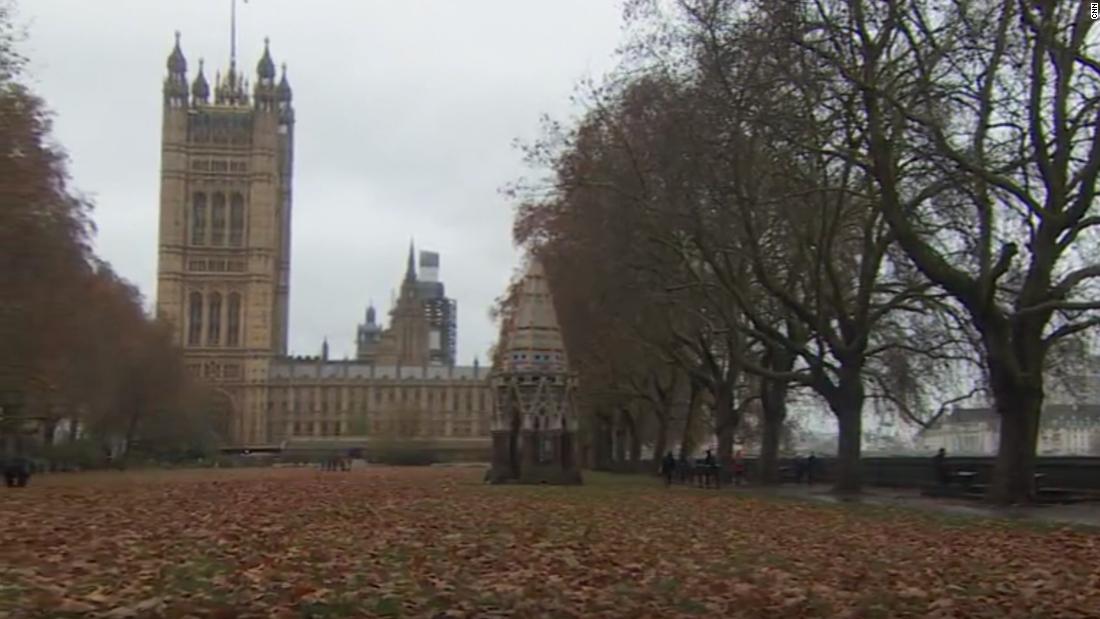STORM Babet may have solved a 200-year-old mystery after a wooden structure washed up on a Teesside beach.
Dog walkers in the seaside town of Marske were left stunned on Saturday when the unique structure appeared on the sand, just a short walk down from the Coast Road Car Park.
Teesside LiveThe wooden structure washed up on the beach at Marske on Saturday[/caption]
Teesside LiveLocals think Storm Babet may have thrown up part of the wreck of The Esk[/caption]
Made up of planks and held together by chunky solid wooden pegs, the mysterious object churned up by the sea piqued the interest of numerous passers-by.
Speculation was rife amongst locals and on social media about what the structure could be. Many believe that it is part of the Whitby whaling boat The Esk, which was grounded just off the coast of Marske on September 6, 1826.
However, its identity has yet to be confirmed by the authorities.
Heritage Gateway, which has compiled Historic England Research Records and reports from the time, describes how The Esk was stranded after being swept onto the rocks during a violent storm.
The boat was reportedly returning to Whitby via Cullercoats and Shields from Greenland at the time.
Tragically, reports tell of how just three of the crew on the boat were saved during the incident, with 24 people losing their lives, despite the best attempts by lifeboat teams.
One person who posted the photos on Facebook said that “living by the sea certainly brings surprises.”
Another person, who was speculating it could be The Esk as it appeared to be from the 17th Century, said: “[The] shaped ribs [are] closely spaced and doubled-up.
What happened to The Esk?
The Esk had been built in 1816 and was owned by Broderick., Fishburn and Company of Whitby.
Captain Dunbar was in charge of the 350-ton whaler which had returned from Greenland and was travelling from the Tyne to its home port of Whitby with a cargo of oil.
However, a violent storm blew up and it was driven onto the Marske sands on September 6, 1826 and was completely wrecked.
Out of a crew of 27 only three people were saved.
“Also, two planks formed/narrower and thicker than the rest.
“The bottom of the hull close to the centreline? All wood construction, no sign of metal. “
This washup follows a period of stormy weather after Storm Babet raged its way across Teesside and vast swathes of the UK, bringing with it strong winds and heavy rain.
Pictures taken from the Teesside coastline on Friday show the huge waves battering the pier at the Headland in Hartlepool and other locations in the North East and Yorkshire.
It wouldn’t be the first time the remains of a boat washed up in the Redcar and Cleveland region either.
Back in 2018, the remains of two boats appeared on Redcar beach – but the council did not know how old it was or who it belonged to at the time.
Even then, speculation and rumours were rife about it being part of The Esk.
Redcar and Cleveland Council has confirmed it is aware of the washup.
Teesside LiveThe Esk was grounded just off the coast of Marske on September 6, 1826[/caption]
Teesside LiveThe structure was discovered by dog walkers[/caption] Published: [#item_custom_pubDate]















































































































